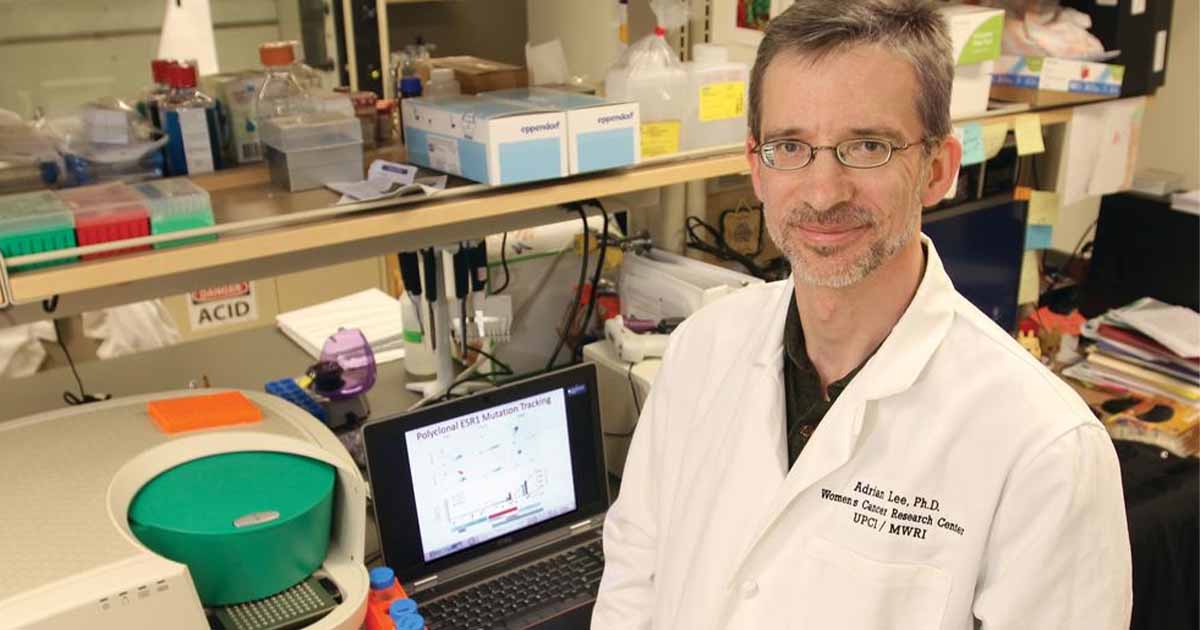In order to redesign healthcare, we need to become new students of the problem -- erase the assumptions we have and approach challenges with a fresh mind.
We can achieve this by interacting with the people who will be affected by the solutions we create and observing the situations we are trying to improve. After all, it isn’t about the specific tools or technology, it is about crafting an ecosystem focused on care, one that delivers real and meaningful value in people’s lives.
Humans are hard wired to seek out meaningful connections. It falls to us to design technology that helps fortify relationships, shares information and facilitates communication between individuals and their care teams.
[See also: Lost luxury: taking patients every step.]
If we send ourselves back to design 101, we would learn that before we can create impactful solutions, we need to gain a full understanding of the end-users -- their workflows, the obstacles and challenges they face, their frustrations, and their hopes. In healthcare, what really matters right now is connecting the patients to the people, information, and resources they need. The path to better outcomes and decreased costs will be paved with reliable interoperability and patient-centered systems that share, validate, notify, and support collaboration among all members of the healthcare ecology.
Patients, healthcare providers and payers are all immersed in the same continuously connected mobile world -- instant messages, email, applications recording, transmitting, and notifying. It is up to us to re-evaluate and harness the tremendous opportunities inherent within this technology and turn them into the most efficient and well-designed tools.
- Technology translates. It turns typing, touching and speaking into digital information. It can interpret a stream of words into structured data that drives actionable systems. And it can translate medical-pharmacological-insurance terminology into something patients can understand.
- Technology connects. It sends data around the globe in seconds, immediately sharing images, impressions, and sensations. It obliterates the distance between any two points on the network, moving information from parent to child, laboratory to bedside, exam room to living room.
- Technology tracks. It records, stores and plays back. It calls up events, X-rays and prescription orders. It can tell you how many steps you took and how fast you ran last week. It can tell you when to refill a prescription and congratulate you when you’ve achieved a goal.
Technology should be the wind at our backs, not in our faces. We need to take these powerful capabilities and artfully create healthcare technology that supports and empowers the way we live, not distracts from it.
[See also: From Rockwell to reality: The evolving role of the physician.]
Innovations are plentiful, but cool tech alone will not solve our problems. We need to use human-centered design to improve the experience of technology and drive toward better health. It is time to redesign healthcare technology into a highly reliable point of support for the person who can do the most to improve the patient’s health: the patient.
Healthcare solutions can be redesigned to empower the patients to become their own best care provider. Every patient is in touch with his or her thoughts, sensations and feelings every minute of every day. We can’t continue to let their health information, plan of care, and resources that could be valuable to them be locked up in a maze of systems. We can design technology to provide them with access to the right information in the right context at the right time and effectively connect them with their own health information and care team.
This article is one of several in the e-book "The Art of Medicine in a digital world," published by Nuance Communications.


